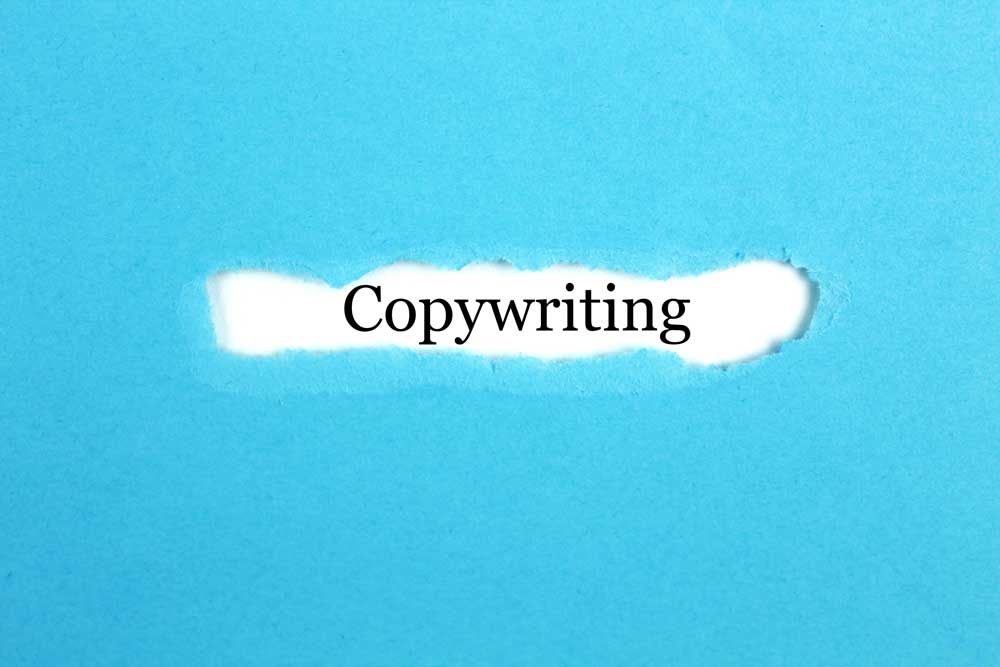Marketing copywriting: what you need to know
The digital era has changed the world of marketing copywriting; it’s changed the way people read and digest information – both online and offline.
Increasingly short attention spans require sentences and paragraphs to be short and to the point.
Plus language has changed through the world of social media – using an ancient Oxford English Dictionary just won’t cut it anymore.
Guess how many new words, senses and sub-entries have been added to the Oxford English Dictionary this year? Almost 700!
Yes, words such as ankle-biter (a child, NOT short trousers) and sharenting (parents publicising sensitive content about their children on internet platforms, NOT shared parenting) are now official!
But my experience as a marketing manager shows that this new world of copywriting is often misunderstood.
And it’s no wonder, when fresh graduates start their careers as academic writers, using technical jargon and formal writing structures.
And more experienced marketers habitually use legacy styles that don’t reflect modern (digital) consumption trends.
So here are my top tips for effective copywriting – in a digital world, where distractions are rife. Think websites, advertising campaigns, social media and more.
And remember…
“Words, are, of course, the most powerful drug used by mankind.” Rudyard Kipling
Understand your audience
- Understand who you’re talking to – who they are, where they’re from (demographic profile), what their barriers, motivations, aspirations (psychographics profile), lifestyle and media habits are.
- Think of your audience as a person rather than a group – it helps. The more specific and personalised your message is, the more effective it will be.
- Follow your house style. But adapt your tone to suit your audience (and your channel).
Establish your objectives
- What do you want your customers to know? Information
- What do you want your customers to think? Attitude/opinion
- What do you want your customers to feel? Emotion
- What do you want your customers to do? Action
Break the rules
Good copywriters break the rules! They push boundaries, which is why their words work.
- People enjoy reading something erudite. Don’t get too ‘rulesy’.
- It’s good to use contractions, isn’t it? But not too often.
- And to start sentences with conjunctions. No?
- But vary sentence length. And use sentence fragments. It works!
- Dispense of unnecessary punctuation. It hinders. It doesn’t help.
- Don’t over-capitalise. It’s old-fashioned and hard to read.
Evoke emotions
“Reasons lead to conclusions. Emotion leads to action.” Donald Calne, Neurologist
- Emotion helps us evaluate options and make decisions, because the information we have is usually incomplete, ambiguous or biased.
- We even justify our decisions with emotions, eg. I loved it, I was gutted, it just felt right
- So use emotive words in your copy, eg. We care or Enjoy studying at a world-class university.
- Encourage your audience to visualise and you’ll encourage them to feel, eg. Imagine if this was your classroom or Picture yourself here.
Use persuasive language
- Logos – logic that forms the foundation of a claim: facts, details and data that support your claim (value or virtue)
- Ethos – your source’s reputation, credibility or authority (trust)
- Pathos – personal relevance, emotional appeal, visual language, sensory details (comfort and trust)
Simplify complex ideas
Be clear
- Use plain, conversational language that your customers use.
- Write it how you would say it, eg. Did you know that university graduates earn more than those without a degree? rather than The most recent research into university graduate salaries has revealed that they earn more than non-graduates.
- Avoid hyperboles, eg. amazing, ground-breaking, innovative – they’re meaningless and annoying.
- Use an active rather than passive tone, eg. You’ll be amazed by the incredible beauty of our campus, rather than This university is perfect for those seeking a beautiful campus environment.
Be concise
- Attention spans are short. Don’t waffle.
- Provide essential information to inform and interest your audience – and nothing more, eg. Enrolment is approaching. Course places are running out, rather than Enrolment is approaching. Course places will soon run out.
- Include two-five sentences to a paragraph, one idea and 20 words or less per sentence.
- Mix shorter and longer sentences. This will give your writing rhythm, making it a pleasure to read.
- Prioritise mobile browsing – over 60% of online users use mobile
Be credible
- Use trust signals, such as statistics, to promote your offer.
- Make the most of social proof, such as customer testimonials and case studies to reinforce important information.
- Don’t use technical jargon. Despite what you might think, it won’t make you credible. It will simply turn your reader off.
Be compelling
- Customers aren’t interested in you! They’re interested in what you can do for them.
- So don’t describe what your product does. Describe how it adds value to your customer’s life? Why is it worth their investment?
- Good communication has a clear overarching message. Why should your audience buy your product or service? Create a clear statement that defines the big reason they should choose you.
- Use a call-to-action, so your readers can take the action you want them to, for example, Order your prospectus or Join our mailing list.
Be conversational
- Formality creates distance. Friendliness creates trust. Conversational language engages and persuades, so don’t use words you wouldn’t naturally say.
- Address your reader directly. Use first and second-person pronouns, eg. You’ll benefit from work placement opportunities to prepare you for your perfect career, rather than Students will benefit from work placement opportunities to prepare them for their perfect career.
Use headlines
- Break up your copy with headlines and sub-heads.
- These should contain core messages that people can remember.
- Or a headline could tease or intrigue people as a way of encouraging them to read on.
- For example, Book your campus tour or Step into our world.
You’ll fail at each stage if you don’t get it right…
- Glance – Keywords and info MUST be in headlines, sub-headings and images, as these are seen first.
- Scan – Readers then pick-up whole headings and sub-heads, copy fragments and text in boxes.
- Read – They then skip read until they have enough information, get distracted or get bored.
And finally…
If you’re writing for online channels, don’t forget to embed keywords (see tool below). This will help people find your content in search engines.
And ALWAYS get your work copy edited AND proofread before publishing.
Handy resources
I’ve used the following resources for years – they provide reliable writing guidance and editing tools for all copywriters – from beginners to those more experienced in the field.
- The Writer
A modern and fun style guide to help with grammatical consistency - The Guardian and Observer Style Guide
A more serious style guide that answers specific and more complex grammatical ambiguities - Grammarly
A handy desktop app to help writers compose bold, clear, mistake-free writing
Hemingway App
Makes your writing bolder and clearer
Keywords Everywhere
A great Chrome plugin for finding keywords.

